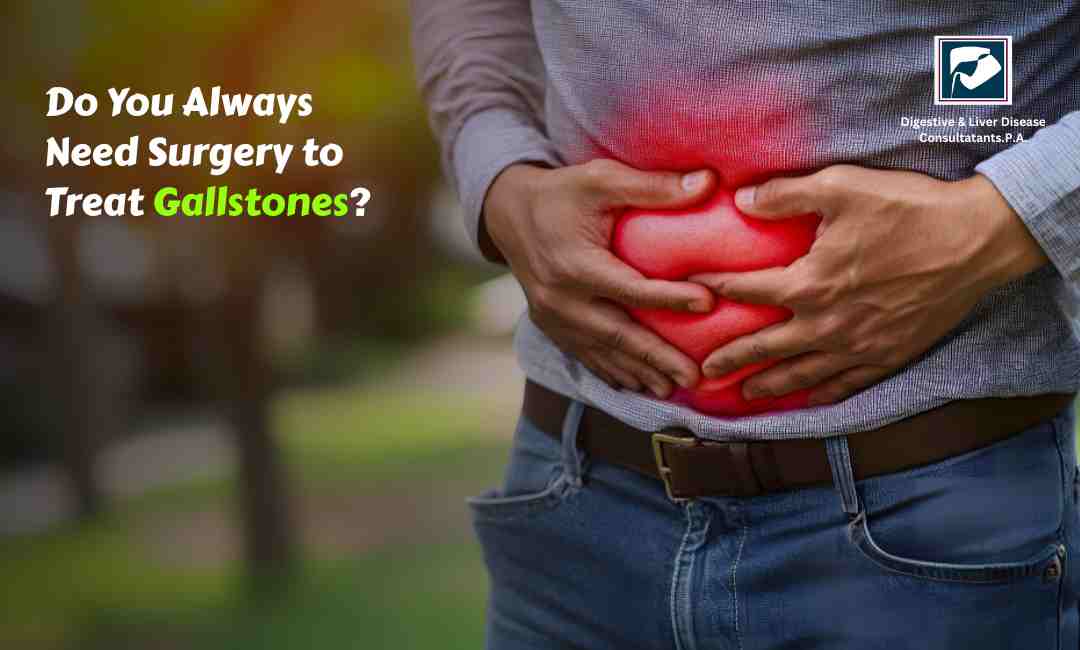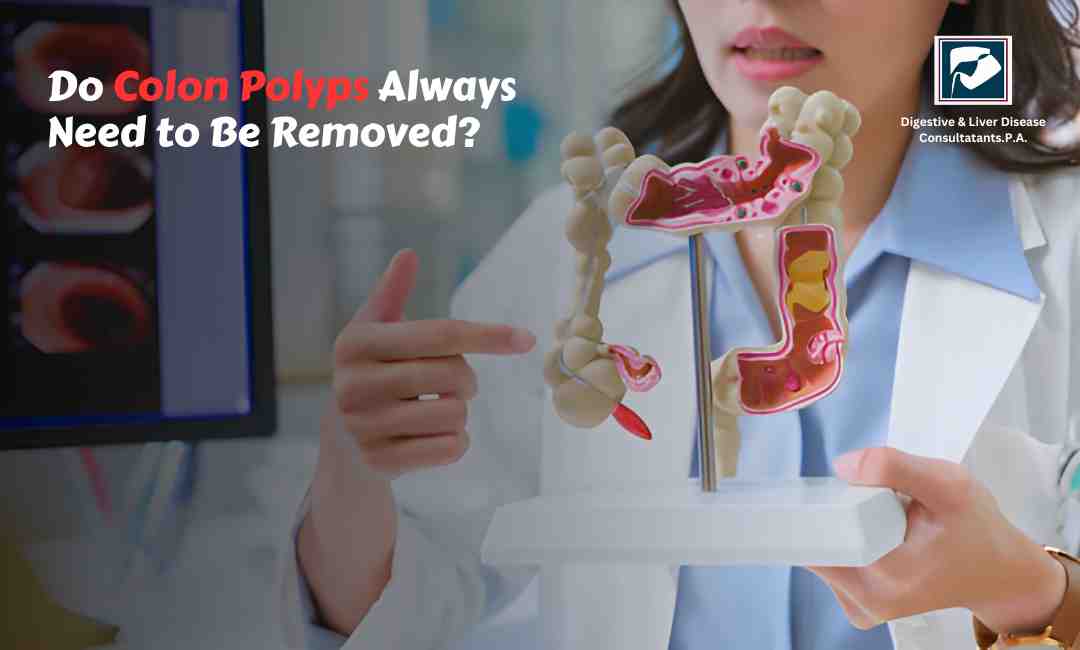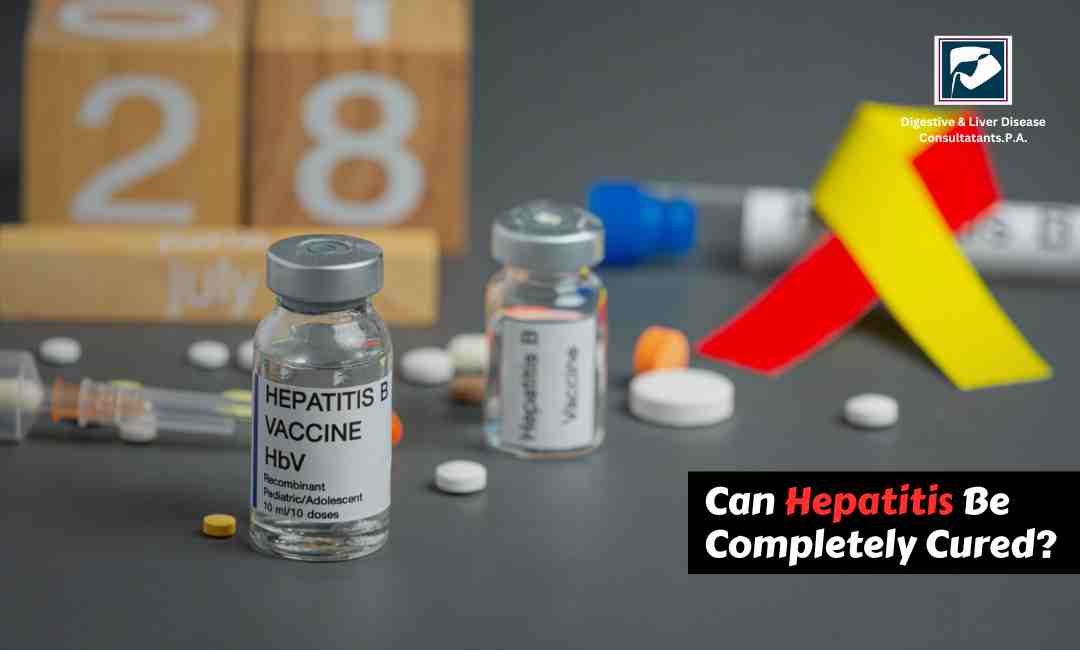Gallstones sound simple on paper. Tiny stones forming inside the gallbladder. But once they start acting up, they can turn a normal day into a painful one. Here’s the thing. Not every gallstone needs to be treated and not every case needs surgery. The real art lies in understanding when to wait, when to watch, and when to operate.
What Gallstones Actually Are
To understand why treatment choices vary so much, it helps to know what these stones are made of. Most gallstones form when cholesterol in the bile hardens. Others form when bilirubin levels rise. Many people never feel a thing. Some start getting sudden pain on the right side of the abdomen, vomiting, nausea, or bloating after meals. The range is wide, which is why treatment depends heavily on how your body reacts to them.
Do All Gallstones Need Treatment
Almost 80 percent of people with gallstones never develop symptoms. These are called silent stones. They sit quietly, cause no irritation, and usually get discovered during a scan done for some other reason.
If they aren’t bothering you, there is no rush to treat them. Doctors usually advise watching and waiting. Think of it as surveillance without stress.
Treatment begins only when gallstones cause symptoms or complications.
When You Do Not Need Surgery
Surgery is not the default option. In many cases, non surgical methods work well or are at least worth trying before thinking about an operation. These include:
1. Watchful waiting
If you had a scan that showed gallstones but you feel perfectly fine, your doctor may simply ask you to monitor symptoms. No treatment needed right away.
2. Medications
Certain medicines can dissolve cholesterol stones. They work slowly and are useful only for specific types of stones. They are not a one size fits all solution, but for the right patient, they can help reduce symptoms over time.
3. Lifestyle changes
While lifestyle alone will not make existing stones disappear, it can help reduce flare ups.
Key habits include:
- eating balanced meals instead of heavy, fatty meals
- maintaining a healthy weight
- avoiding rapid weight loss
- staying active
These steps support better bile flow and reduce the chances of new stones forming.
4. ERCP for stones stuck in the bile duct
Sometimes stones escape the gallbladder and get stuck in the common bile duct. This can cause intense pain, jaundice, or infection. In such cases, doctors may remove the stone through a procedure called ERCP. This involves using a thin tube through the mouth to reach the bile duct and remove the blockage. No incisions. No removal of the gallbladder. Surgery may still be needed later depending on your risk of recurrence, but ERCP alone often solves the immediate crisis.
When Surgery Becomes the Right Choice
Now let’s talk about the situations in which surgery is strongly recommended. This is the part most patients worry about, but understanding the why behind surgery makes the decision easier.
1. Repeated gallbladder attacks
If the pain keeps returning, surgery prevents future attacks and protects you from complications. The gallbladder is not an essential organ. Removing it does not harm digestion in most people.
2. Inflammation or infection
A swollen or infected gallbladder can turn dangerous very quickly. This is called cholecystitis. In such cases, surgery is the safest and most reliable treatment.
3. Stones in the bile duct
Even if ERCP removes the blockage, doctors often suggest removing the gallbladder to stop new stones from forming and causing another emergency.
4. Pancreatitis caused by gallstones
Gallstone related pancreatitis can be life threatening. After the inflammation settles, surgery is usually recommended to prevent another episode.
5. Large stones
Very large stones increase the risk of complications, including gallbladder cancer in rare cases. Removing the gallbladder is a preventive step.
6. Gallbladder polyps
Polyps along with stones may increase cancer risk. If the polyps are large, surgery becomes a smarter choice.
Why Surgery Is Often the Most Effective Option?
Medication and lifestyle changes help in mild cases, but they don’t offer permanent relief. Surgery does. Once the gallbladder is removed, the stones cannot come back. The body adjusts to life without a gallbladder quite easily. Bile continues to reach the intestine, just in a slower trickle instead of stored bursts.
And most surgeries today are done laparoscopically. That means tiny cuts, minimal pain, faster recovery, and a much lower risk of complications.
What Gallbladder Surgery Involves?
Laparoscopic cholecystectomy is the standard procedure. The surgeon makes small openings in the abdomen, inserts a camera, and removes the gallbladder safely. Most people go home within a day and return to normal activities within a week. Complications are rare when done by skilled specialists.
What This Really Means for Patients
Choosing surgery or not is not about fear. It is about matching the treatment to your symptoms, your risk level, and your long term safety. A person with occasional mild discomfort may not need immediate surgery. Someone with frequent attacks or complications should not delay it.
Practical Points to Remember
Here are the key takeaways, laid out clearly:
- Not all gallstones cause symptoms
- Silent gallstones do not need treatment
- Pain, vomiting, jaundice, fever, or repeated attacks mean treatment is required
- Non surgical options help only in select cases
- Surgery is the most reliable long term solution
- Gallbladder removal does not harm digestion in most people
- Immediate treatment is essential if you develop infection, blockage, or pancreatitis
When to See a Doctor
Seek medical help if you notice:
- sudden pain on the right side of the abdomen
- pain radiating to the back or shoulder
- fever or chills
- vomiting
- yellowing of the eyes
- dark urine or pale stool
- repeated indigestion after fatty foods
These signs suggest that a stone may be stuck or the gallbladder might be inflamed.
Why Choose Digestive and Liver Disease Consultants P A?
You want a team that does this every day. At DLDC, you get specialists who understand digestive health inside out. They focus on accurate diagnosis, clear communication, and guiding you toward the treatment that fits your condition. Whether you need precise imaging, a non surgical approach, or advanced laparoscopic care, you will have experienced physicians taking care of you.
Final Thought
Living with gallstones is not about guessing. It is about understanding what your symptoms mean and choosing the safest path forward. If you are dealing with abdominal pain or suspect gallstones, reach out to a digestive specialist. Getting the right advice early can prevent complications and give you lasting relief.
If you are struggling with symptoms or unsure about your options, book a consultation with our best gastroenterologist at Digestive and Liver Disease Consultants P A. They can help you understand what is happening inside your body and guide you toward the treatment that keeps you healthy in the long run.






